Simple yet sophisticated in design
A surface mount or pendant downlight delivers a tightly controlled beam of light that is unique to recessed downlighting, in the form of a minimalist style flush mount or hanging light fixture. Clean forms, geometric lines, sleek finishes and the absence of the fuss or ornateness of traditional styling are a growing, fresh trend in interior design for commercial, hospitality and residential spaces. Contemporary architecture typically embraces mid-century modernism which boils down great design to its purest form and still makes a statement. Cuboid and cylinder LED downlights are simple yet sophisticated in design, minimalist yet stylish in appearance, and most of all, they’re effective and efficient in functionality.
Versatile lighting
Delivering an intriguing fusion of form and function, cuboid and cylinder lights are emerging as the preferred choice for general, task, accent and wall wash lighting in retail stores, restaurants, galleries, museums, showrooms, offices, high-end residences, and places where structural conditions require for downlights to be surface mounted or suspended. Beyond its pure, clean, and neutral design required to handsomely handle aesthetical demands in modern and contemporary spaces, the surface mount or pendant luminaire is versatile enough to accomplish an array of lighting tasks. Cuboid and cylinder downlights can produce a wide beam of light to provide an area with overall illumination. The ability to deliver a focused pool of uniformly distributed, glare-free light makes suspended downlights the most favored overhead light fixture for task lighting. Cuboids and cylinders can be used as accent lights to create a visual interest in the space, highlight special features and heighten drama. Wall washing, which is intended to create an even wide flood of light on a vertical surface, is an excellent application of surface mount downlights. Without a doubt, cuboids and cylinders are all-rounders for layered lighting applications.
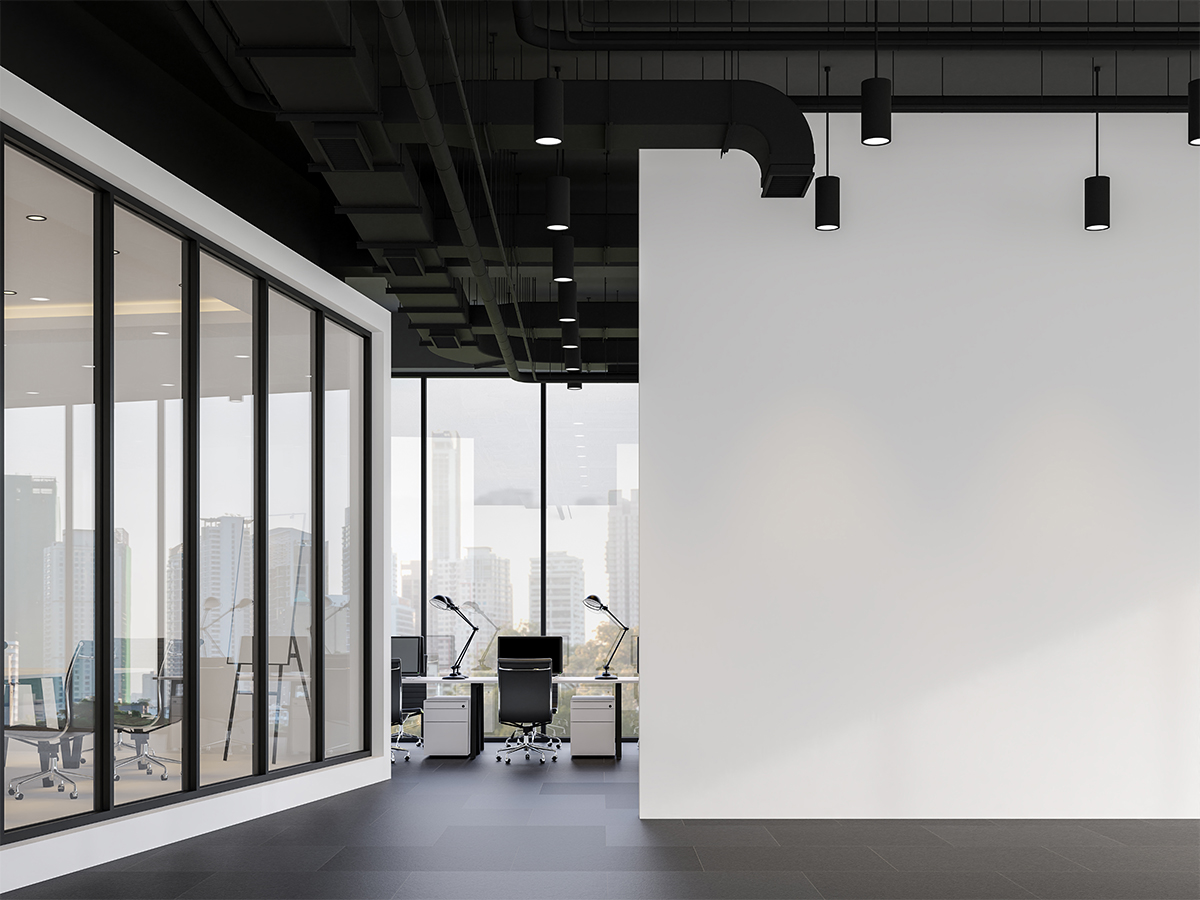
Construction
Surface mount or pendant downlights take on a universal cylinder or cuboid form. These fixtures come with aperture size options of 1 to 8 inches. The housing is often constructed from extruded or die cast aluminum. To complement the decor and provide superior resistance to corrosion for maximum retention of gloss and luster, the metal housing is chromate pretreated and protected by a durable TGIC thermoset powder coat finish in black, white, silver or a custom RAL color. All other components of the luminaire, including the driver, light engine, lens and trim, are installed into the housing. The pendant version comes additionally with an exposed canopy (ceiling junction box) that is finished in the same color with the housing. The canopy may be designed purely for aesthetical purposes or can be used to accommodate the driver and control circuitry. The pendant canopy assembly comes complete with a pendant stem, swivel slope stem, braided cable, or aircraft cable.
Light engine
The light engine is an assembly of an LED module attached to an aluminum heat sink. The LED module can be a chip-on-board (COB) LED package with an integral substrate, or an array of mid-power or high power LEDs solder mounted to a metal-core printed circuit board (MCPCB). To maximize the heat flow from the LED module to the heat sink, a thin, uniform layer of thermal interface material (TIM) may be placed between the two components. LEDs are temperature-dependent devices and many failure mechanisms are triggered by high temperature operation. These failure mechanisms are in most cases accompanied by lumen degradation and chromaticity shifts, resulting in a shortened life. Thermal management is therefore essential to luminaire performance and reliability. To prevent excess heat buildup within the semiconductor packages, the thermal transfer capacity of the heat sink must outpace the dissipated power. The heat sink of a cuboid or cylinder light is usually built with vertical fins to increase the surface area. It is a common practice to thermally interface the heat sink with the aluminum housing which provides additional surface area for heat dissipation.
Light source
The selection of a light source is influenced by many considerations, which include luminous efficacy, thermal stability, beam performance, color characteristics, package sizes, etc. All these considerations should be balanced to support the respective design goals of each application and requirement of the tasks performed. The color characteristics of light source —color rendering properties and correlated color temperature (CCT)—are among many factors that should be evaluated in choosing the best LED source for a particular application. The high luminous efficiency of LEDs affords us an opportunity to use high color rendering light sources with an efficacy that is still significantly higher than fluorescent lamps. In general, LED cylinders and cuboids used in retail stores, commercial showrooms, hospitality environments and residential spaces should use light sources with a color render index (CRI) of greater than 90. A high amount of energy emitted at each wavelength of the visible radiation spectrum allows these light sources to faithfully reproduce the colors of illuminated objects or render a deliberately accentuated object in a pleasant and attractive fashion.
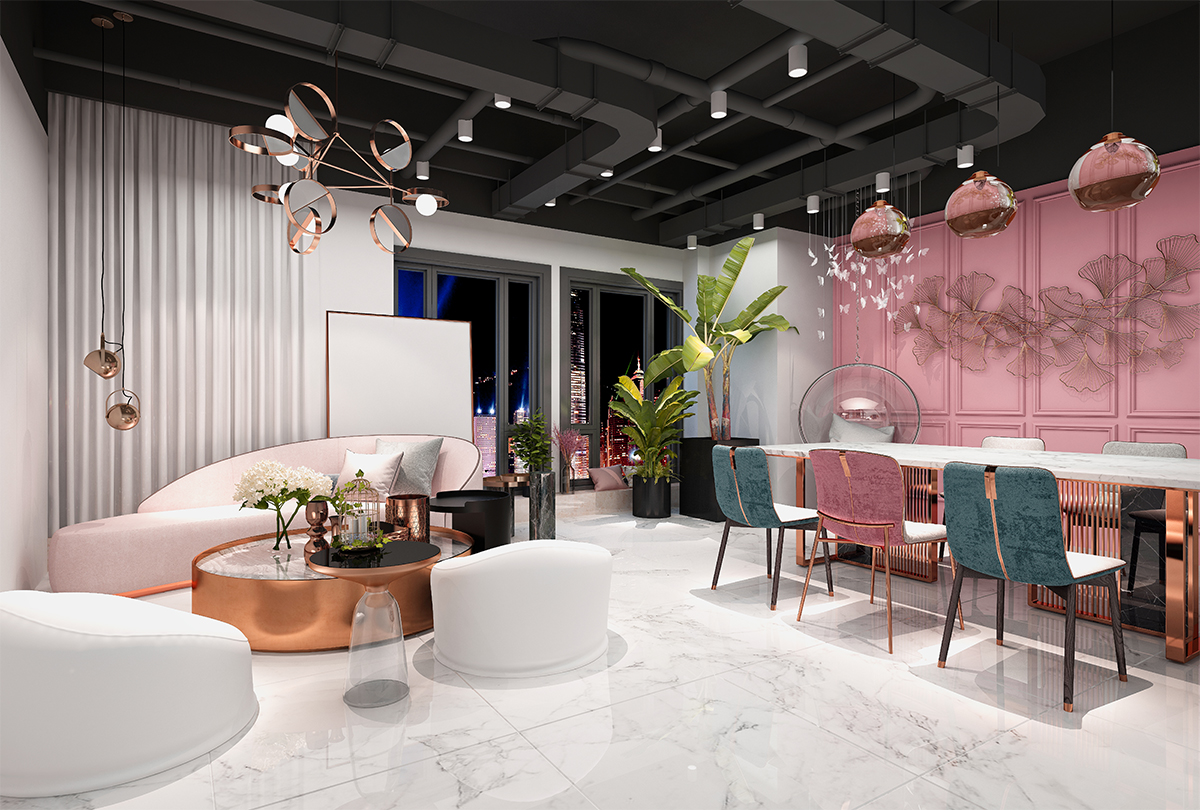
Color temperature
The color option of a light source is dictated by emotional, physiological and psychological considerations, although the warmth or coolness of a light source is correlated with its luminous efficacy. Commercial applications may find cooler light sources (3500K to 5000K) to be more effective in improving productivity in workspaces and increasing motivation and commitment for daytime activities. Cool white light sources, however, are potent suppressors of pineal melatonin, they should not be incorporated in light fixtures that are designed for nighttime use in hospitality and residential spaces. Warm light sources (2700K to 3200K) are more commonly used to provide intimate lighting in restaurants, bars, hotels, and residences. LED downlights may use multi-channel LED modules and dynamic white controls to enable a continuously adjustable range of color temperatures for dim-to-warm or tunable white applications. To ensure fixture-to-fixture uniformity of optical characteristics such as luminance of the downlight aperture and color of the light, the LEDs must be binned post-production based on based on chromaticity and lumen output.
Optical design
Surface mount and pendant downlights are available in both round and square apertures. A multitude of trim options lend these luminaires a choice of optical distributions and aesthetical accents. The optical systems incorporated in these luminaires take advantage of reflectors and lenses to produce rotationally symmetrical, axially symmetrical and asymmetrical light distributions. The parabolic or hyperbolic downlight cone is typically used in combination with a regressed diffusing lens to produce flood beams with excellent uniformity for general and task illumination. The use of total internal reflection (TIR) lenses makes it possible to produce tight, clean spot beams with high center beam candlepower (CBCP) for accent lighting. The polymer lenses can be sculpted to produce an oval flood beam of light for corridor and linear area lighting. The use of wall wash trims allow surface mount luminaires to produce asymmetrical light distributions. With deep source regression, cylinders or cuboids provide effective glare control.
Drive current regulation
The light engine of a surface mount or pendant downlight is driven by a constant current load that is typically regulated by a switch mode power supply (SMPS). The switching regulator draws DC power rectified from a commercial AC power source and produces consistent outputs matched to the electrical characteristics of the LEDs. Apart from accurate current control, the driver must be designed to protect the LEDs against line voltage fluctuations and damage resulting from electrical shorts, over-temperature faults and other load anomalies. The driver may need to be CCR- or PWM-dimmable or compatible with a variety of phase-control dimmers. As lighting becomes more connected, the LED driver may incorporate communication circuitry that allows the luminaire to be controlled through a wired or wireless protocol such as DALI, ZigBee or Bluetooth.


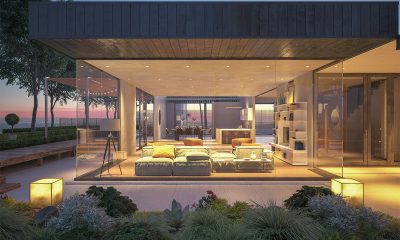
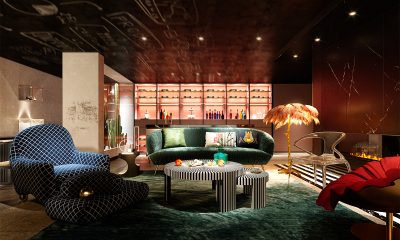


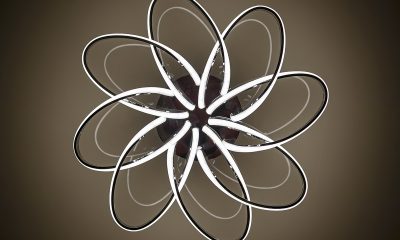
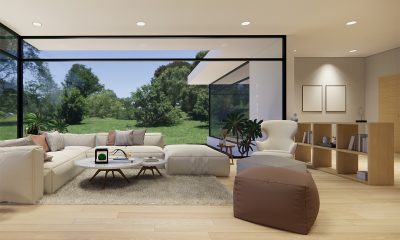
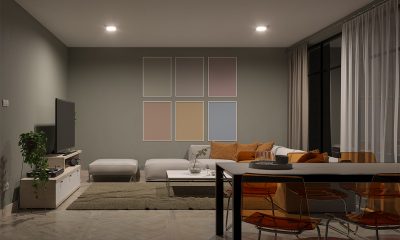

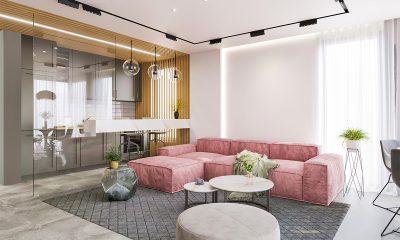
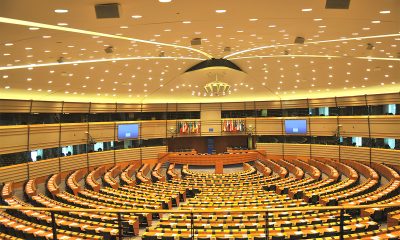
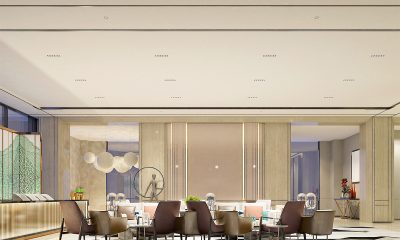
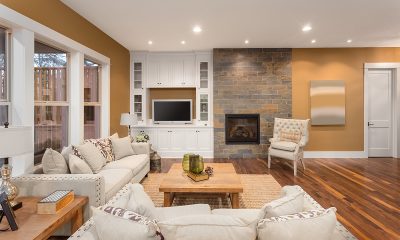





Loading...
New member
New member